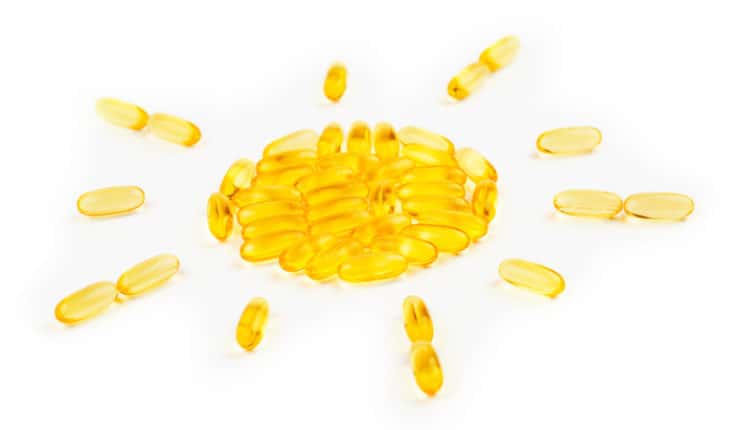A new Curtin University study has found 95 percent of Australians have low vitamin D intakes, with researchers recommending food sources such as oily fish and eggs.
A new Curtin University study has found 95% of Australians have low vitamin D intakes, with researchers recommending food sources such as oily fish and eggs.
The study, published in the Journal of Human Nutrition and Dietetics, used new information on the vitamin D content of foods, produced by the research team, and dietary intake data collected from more than 12,000 Australians in the 2011-2012 National Nutrition and Physical Activity Survey.
Lead researcher dietitian and PhD student Eleanor Dunlop, from the Curtin School of Population Health, said the study suggests that Australians need data-driven nutrition policy to safely increase their intakes of vitamin D.
“Most Australians consume less than half of international recommendations for vitamin D (10 µg/day). We can produce vitamin D through sun exposure, but we know that being SunSmart® is vital in Australia to reduce the risk of skin damage and skin cancer,” Ms Dunlop said.
“Vitamin D deficiency increases the risk of poor bone health. Since nearly one in four adults are vitamin D deficient in Australia, carefully considered food-based strategies may safely increase intakes of vitamin D and improve vitamin D status in the Australian population.
“Vitamin D deficiency increases the risk of poor bone health. Since nearly one in four adults are vitamin D deficient in Australia, carefully considered food-based strategies may safely increase intakes of vitamin D and improve vitamin D status in the Australian population.
“Aboriginal and Torres Strait Islander people living in remote areas are particularly at risk of vitamin D deficiency, as well as people born outside of Australia or the main English-speaking countries. People residing in southern states of Australia, and people who are obese or have low physical activity levels, are also at greater risk of vitamin D deficiency.”
Senior author Associate Professor Lucinda Black, also from the Curtin School of Population Health, said that vitamin D intakes were lowest in younger people, with women more likely to have lower intakes than men.
“It can be difficult to consume enough vitamin D as few foods are rich in vitamin D. Oily fish is the best food source of vitamin D, with two serves a week recommended. Other foods such as eggs and meat contain small amounts, but we don’t find vitamin D in fruits, vegetables or grain-based products, like bread or rice.” Associate Professor Black said.
Ms Dunlop and Associate Professor Black have recently compiled Australia’s first comprehensive database of vitamin D in foods.
“This is the first time we have had an estimate of usual vitamin D intakes in Australia that is based on comprehensive food composition data for the Australian population,” Associate Professor Black said.
“The new data on the vitamin D content of foods have been adopted by Food Standards Australia New Zealand for inclusion in the Australian Food Composition Database.”
This research was supported by the Australian National Health and Medical Research Council. Ms Dunlop is currently undertaking a PhD supported by scholarships from the Australian Government. Research Training Program and Graduate Women of Western Australia. Associate Professor Lucinda Black is supported by MS Western Australia (MSWA), a Multiple Sclerosis Research Australia Postdoctoral Fellowship and a Curtin University Research Fellowship.
The full paper, titled Evidence of low vitamin D intakes in the Australian population points to a need for data-driven nutrition policy for improving population vitamin D status, is available online.
- Gut microbiome could delay onset of type 1 diabetes - 3rd April 2025
- The da Vinci 5 Robot Is Set To Transform Bariatric Care: - 31st March 2025
- Beyond money: the hidden drivers fuelling child food insecurity - 31st March 2025






